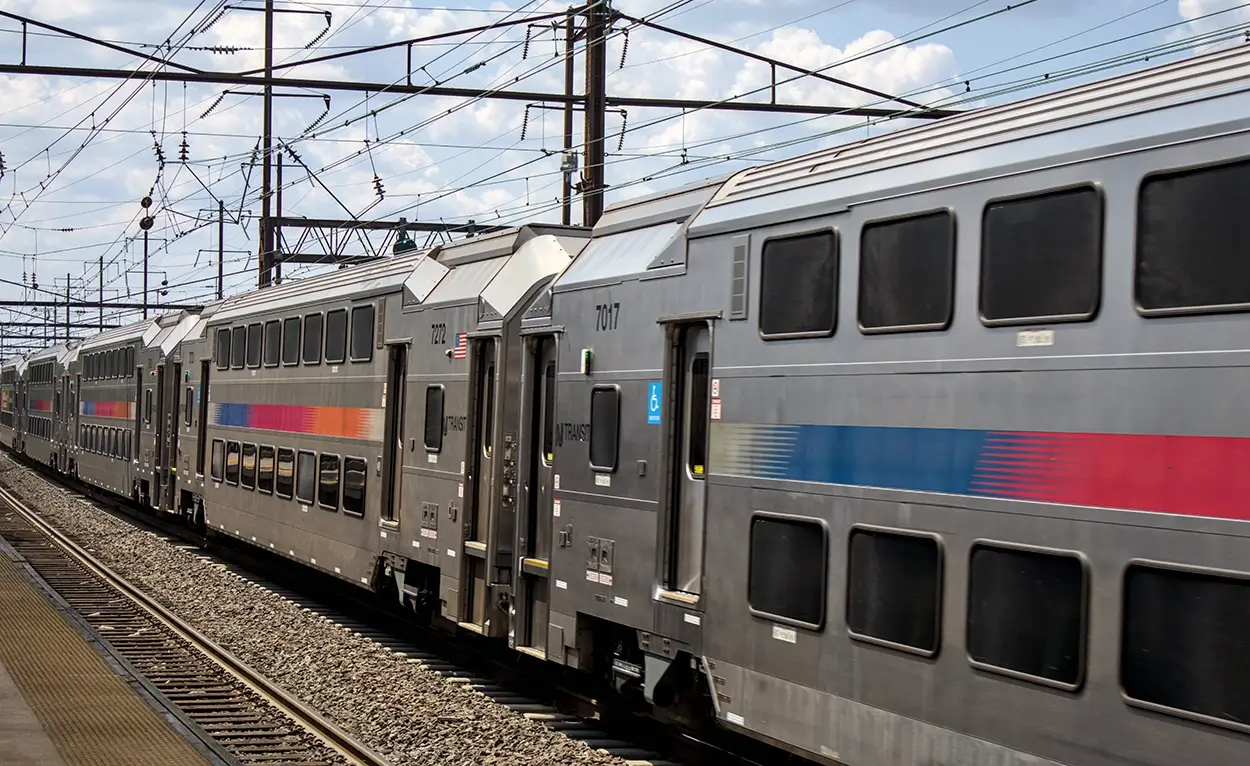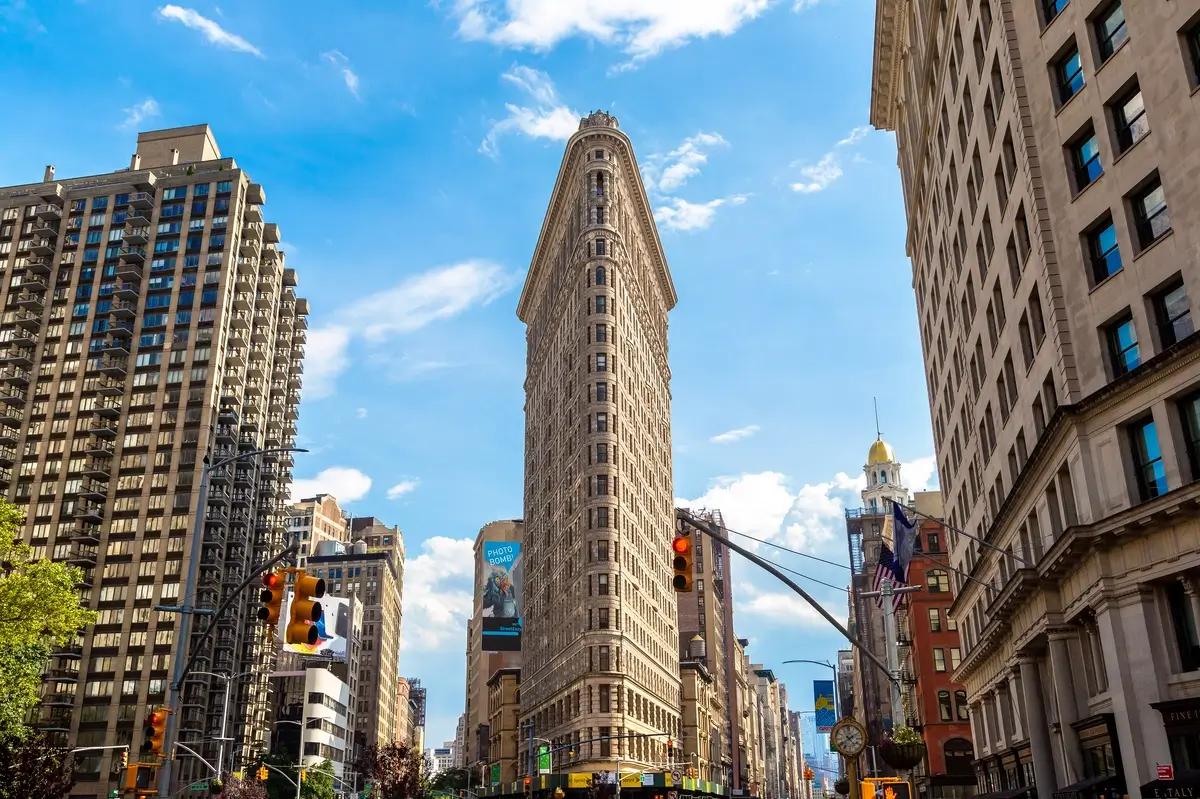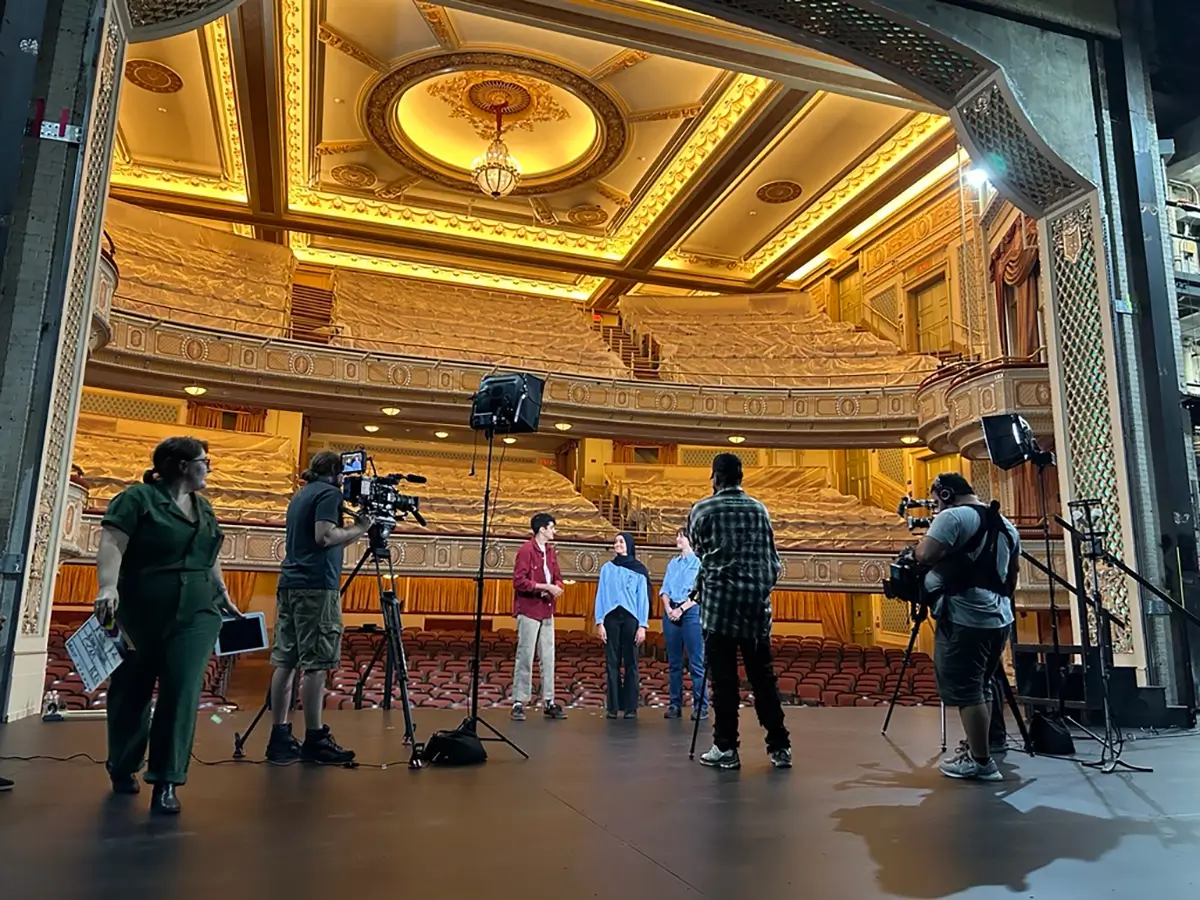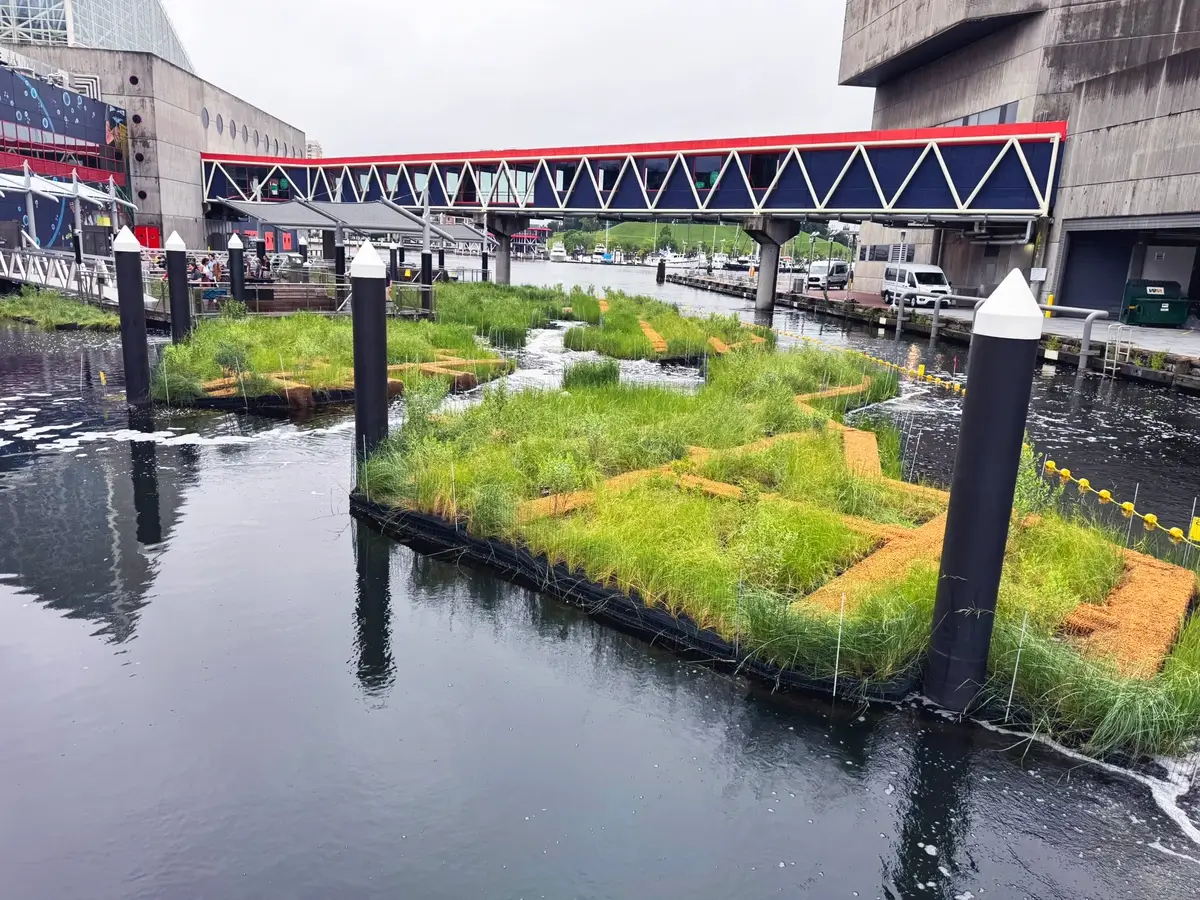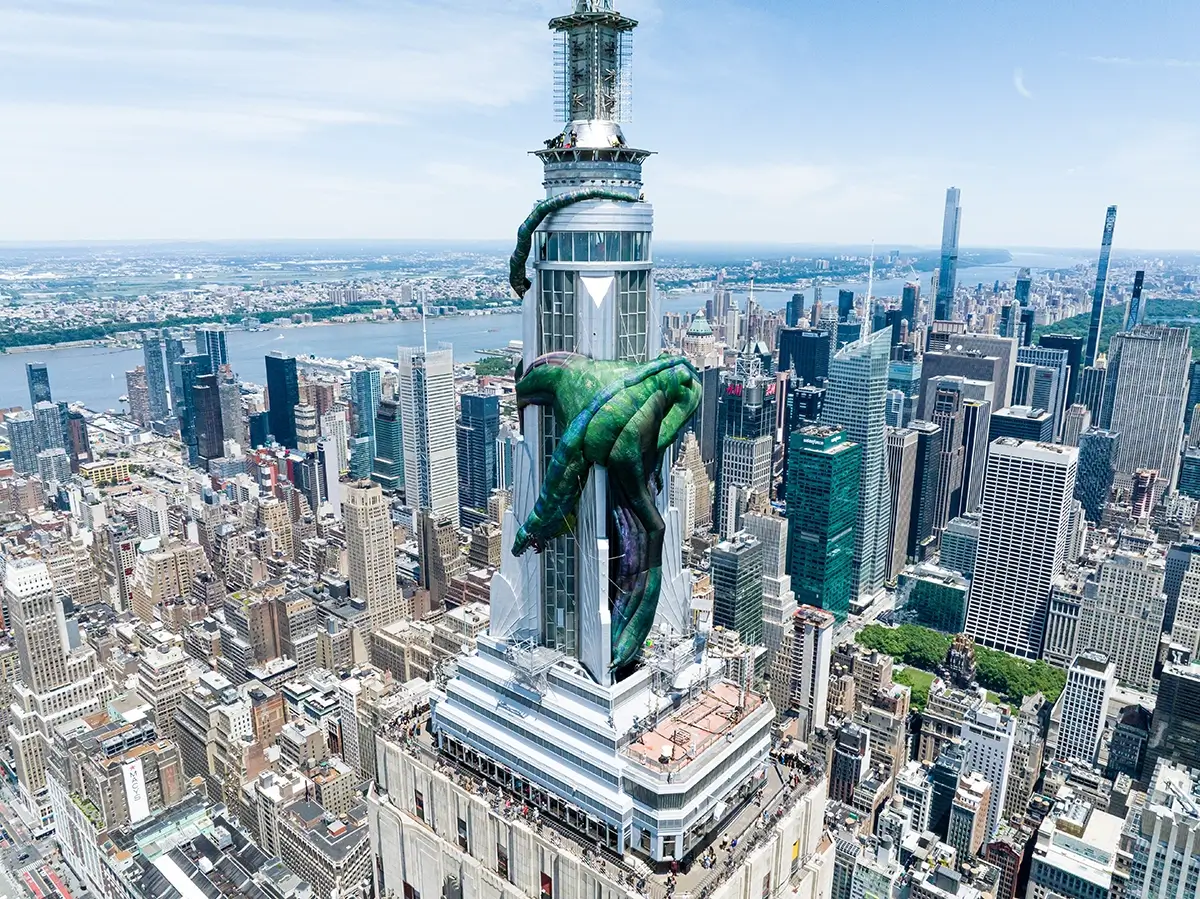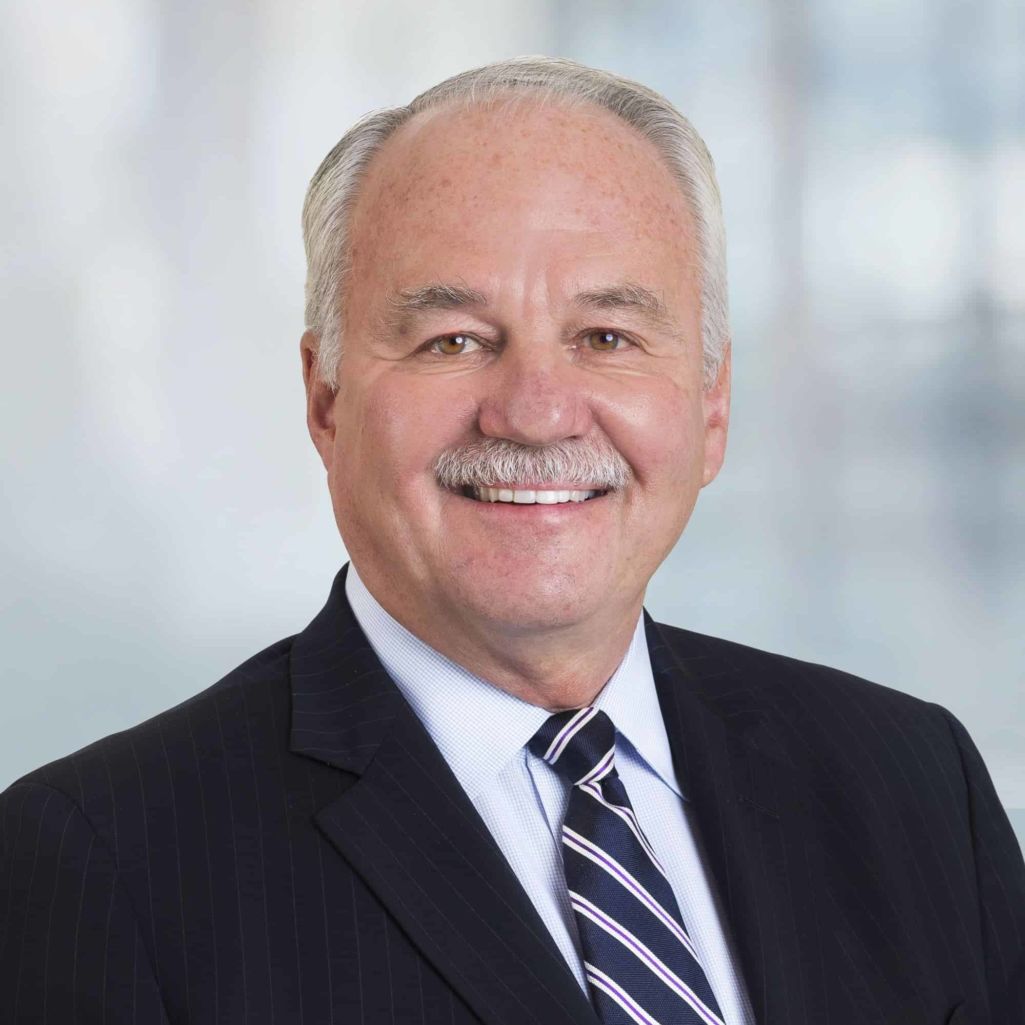Modern urban planning has been struggling to rise above the challenges being posed by urban density, economic constraints, geographic barriers and an ever-growing carbon footprint. Major metropolitan areas in the United States grappling with congestion and traffic issues have recently begun considering a progressive, cost-effective and innovative way to move people—urban aerial ropeway gondolas. Compared to the creation of new subways, highways, or rail lines—which often require disrupting huge numbers of people, expansive below-ground construction, huge costs and long periods of time—aerial ropeway gondolas are an extremely cost-effective and an environmentally-friendly option which work best when integrated within existing mass transit system networks.
The Capital District in New York represents an ideal location for an aerial ropeway installation. The Albany train station, ninth-largest in the Amtrak system is on the eastern side of the Hudson River in Rensselaer.The State Capitol building and its 11,000 workers are located on the western side of the river, along with central Albany, a convention center, the New York State Museum and many other attractions. A group of private developers posed the idea to public official and it was determined that a privately developed transit connection between Rensselaer and Albany could benefit the community, be inexpensively constructed in a short period of time and create an economic engine for development on both sides of the river. The Capital District Gondola Project proposed and headed by the privately funded Capital District Gondola, LLC (CDG) would enhance the area’s existing mass transit capabilities and extend from the Rensselaer Amtrak train station across the Hudson River with a stop near the Key Bank building adjacent to the Times Union Center in Albany, then up the hill to the at the Empire State Plaza state governmental complex as a second phase. Networks of connecting runs could eventually be included.
Economic
Development
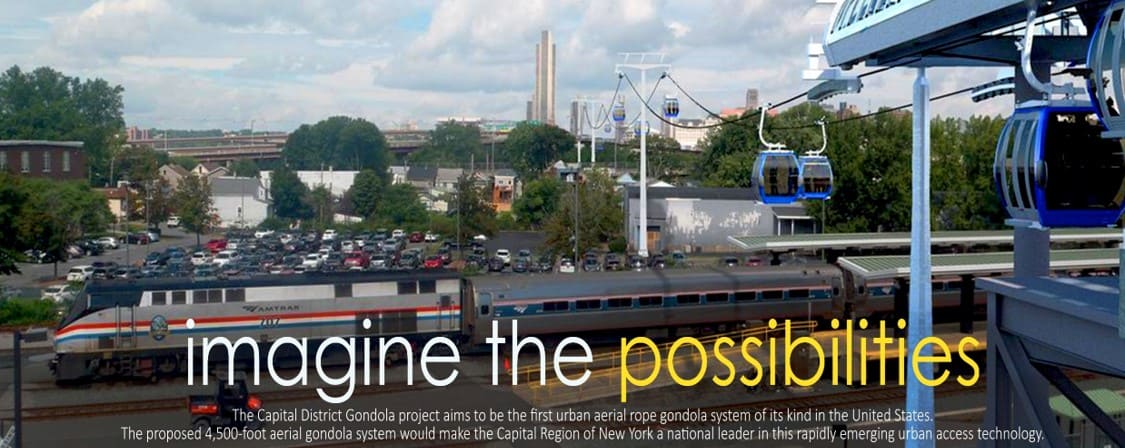
Proposed creation of the 4,500-foot aerial gondola system would make New York’s Capital Region a national leader in this rapidly emerging urban access technology. By providing a reliable new transportation option for both commuters and visitors, the project would drive economic development and job creation in the region. The first step in making this conceptualized solution a reality, has been to study the technical components as well as the regulatory and commercial aspects of the project.
Studies +
Layout
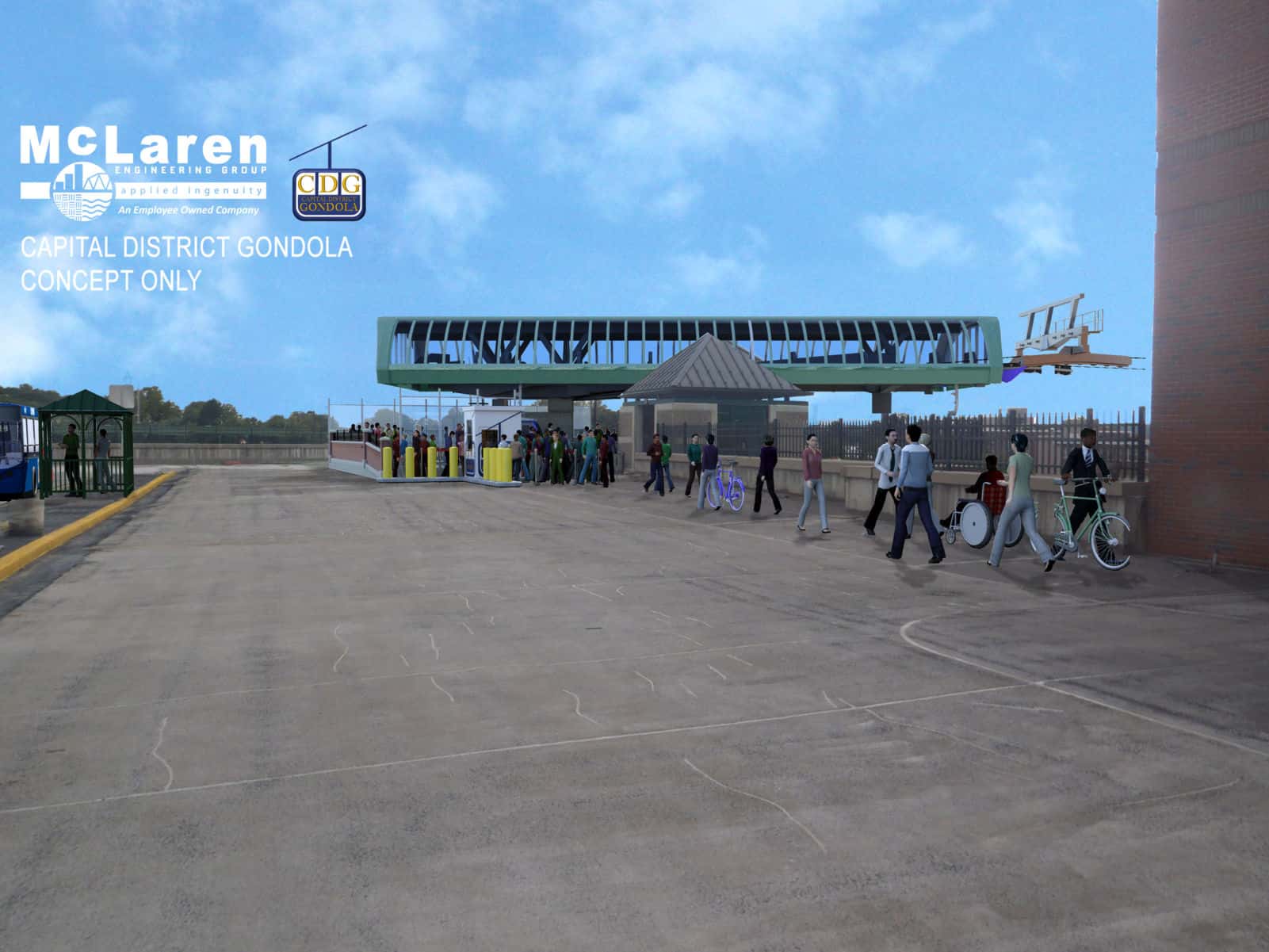
The analysis of the possibilities and challenges of this revolutionary urban gondola system, unprecedented in the United States, was tasked to McLaren Engineering Group (McLaren). What the team ultimately concluded would help lay a foundation for the future of transportation infrastructure options to be used in the Albany area and cities across the country.
The objective of the initial Capital District Gondola Project feasibility study was to conduct a short duration assessment of the viability of an urban gondola system. During the initial three-month study, McLaren identified a 1-mile long operating corridor anchored by the Albany-Rensselaer Amtrak Station on the east, and the Empire State Plaza on the west with an intermediate station at South Pearl Street in the vicinity of the Times Union Center and Key Bank Building. The gondola would have the ability to function 16 hours a day, seven days a week, in most weather conditions, and accommodate 3,000 people per hour per direction. Gondola cars would arrive every 12 seconds traveling at a speed of 14 miles per hour—bringing people from the Rensselaer Train Station to downtown Albany in just over four minutes.
McLaren developed the gondola system alignment layout and station placements considering the optimal travel path in terms of gondola function and clearance. The final alignment considered issues such as roadways, railroad tracks, future downtown development plans in both cities, utilities, roads, train tracks, while minimizing impacts on private property. This layout was then finalized by Doppelmayr/Garaventa Group, the project’s aerial ropeway engineering firm, based on preliminary engineering of a gondola system. McLaren developed preliminary designs of stations, custom line towers, and foundations to facilitate cost estimates for the feasibility study.
Overarching
Impacts
After the report ultimately determined the urban gondola system could successfully be built in one or two phases depending on sequencing and funding, the secondary feasibility report conducted by McLaren focused on analysis of the phasing alternatives and the user demand study. Together, they delved into the overarching impacts the region would experience with the development of the Capital District Gondola Project.
The following were determined:
Economic Impact
Environmental Impact
Community Impact
Conclusions of both feasibility studies concluded by McLaren, proved the Capital District Gondola Project to be technologically capable in addition to having an anticipated positive economic, environmental and social impact on the region.

